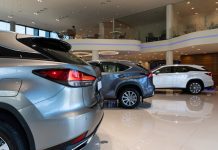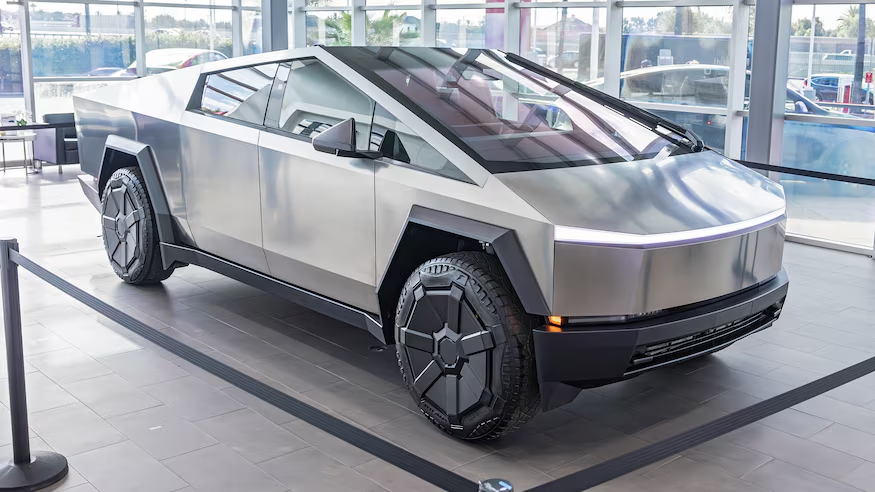Honda has laid out a detailed roadmap toward electrification over the next decade. From collaborations with other car companies to battery sourcing and model releases, the carmaker’s plan is worth around $40 billion or ¥5 trillion. It’s one component of a total $64 billion investment in electrification over the same time frame.
At a press briefing held at the Honda Motor Co. headquarters, executives, including Honda President Toshihiro Mibe, spelled out the path forward. Thirty electric models will arrive by 2030, and he expects the company to produce “more than two million units annually.” By 2040, Honda will no longer build ICE vehicles. The company will transition to a combined hardware and software plan known as e:Architecture that drives recurring business. It’s part of a larger initiative to be carbon neutral by 2050, and it’s said to include “the utilization of swappable batteries and hydrogen as well as electrification of automobiles.”
Initial stage in action
Honda’s initial plan is to source Ultium batteries for their EV production, announced last week alongside General Motors. They will power a new Honda and Acura SUV, which are expected to arrive in 2024. Honda also announced a collaborative plan with GM to produce affordable electric compact SUVs by 2027.
But battery tech isn’t fully committed to GM’s Ultium line. In the press briefing, Mibe mentioned that Honda is still in the search for a joint venture for battery production in North America. Their development of solid-state batteries, sought after for energy density and safety, will be accelerated. Honda hopes to “adopt its next-generation batteries to models to be introduced to the market in the second half of the 2020s”.
By 2030, Honda plans to launch 30 electric models spanning all ranges, including commercial vehicles, targeting sales volumes of 2 million units per year. Along with mass-market models, Honda also teased two all-electric sports cars in the briefing, indicating that one would be a specialty model and the other would be “a flagship model,” intending to engrain the enjoyment of driving one of their cars.
Honda’s electrification model involves moving from a “non-recurring hardware sales business” – meaning self-reliant selling vehicles – to a hardware and software business that would likely include subscriptions for services or operations.
Scaling beyond 2030
Honda’s sales targets are approximately 5 million units per year, and by 2030, Honda is reaching for around 40% of those units to be all-electric. Then in the following decade, Honda plans to eliminate all gas-powered models from the lineup.
“From 2030 and beyond, we believe that we will be entering into the full popularization period, and battery EVs will be commonplace,” Mibe said. “We will have small, medium, and large-sized platforms in place and cover all the segments with these three platforms.”
In the race for electrification, Honda seems to be joining late. However, their roadmap provides a more comprehensive look at the corporate goals, including financial information, battery R&D, and pursuit of micro-mobility, commercial use, and “personal-use mini-EVs,” too.
Did you enjoy this article from Jason Unrau? Read other articles on CBT News here. Please share your thoughts, comments, or questions regarding this topic by submitting a letter to the editor here, or connect with us at newsroom@cbtnews.com.
Be sure to follow us on Facebook and Twitter to stay up to date or catch up on all of our podcasts on demand.
While you’re here, don’t forget to subscribe to our email newsletter for all the latest auto industry news from CBT News.










